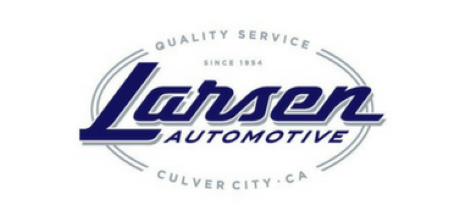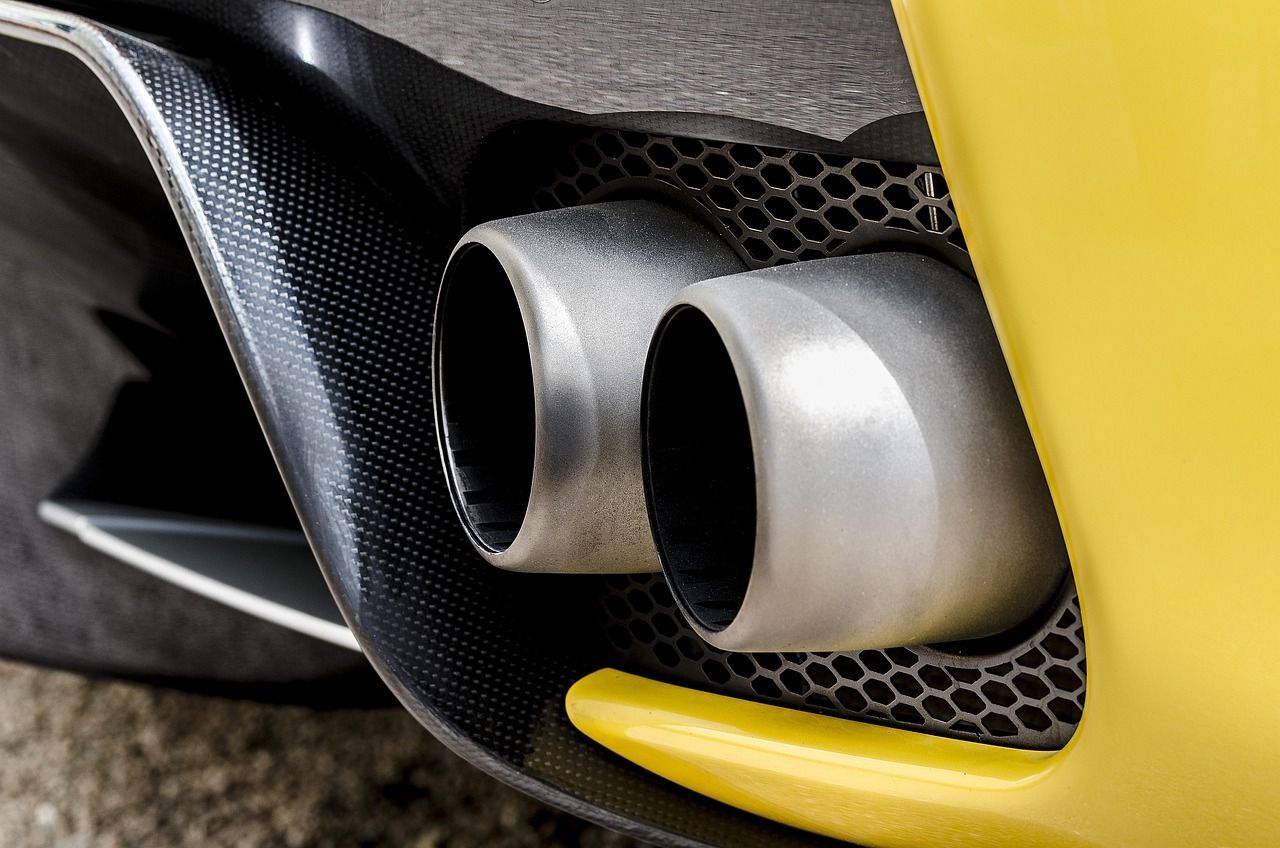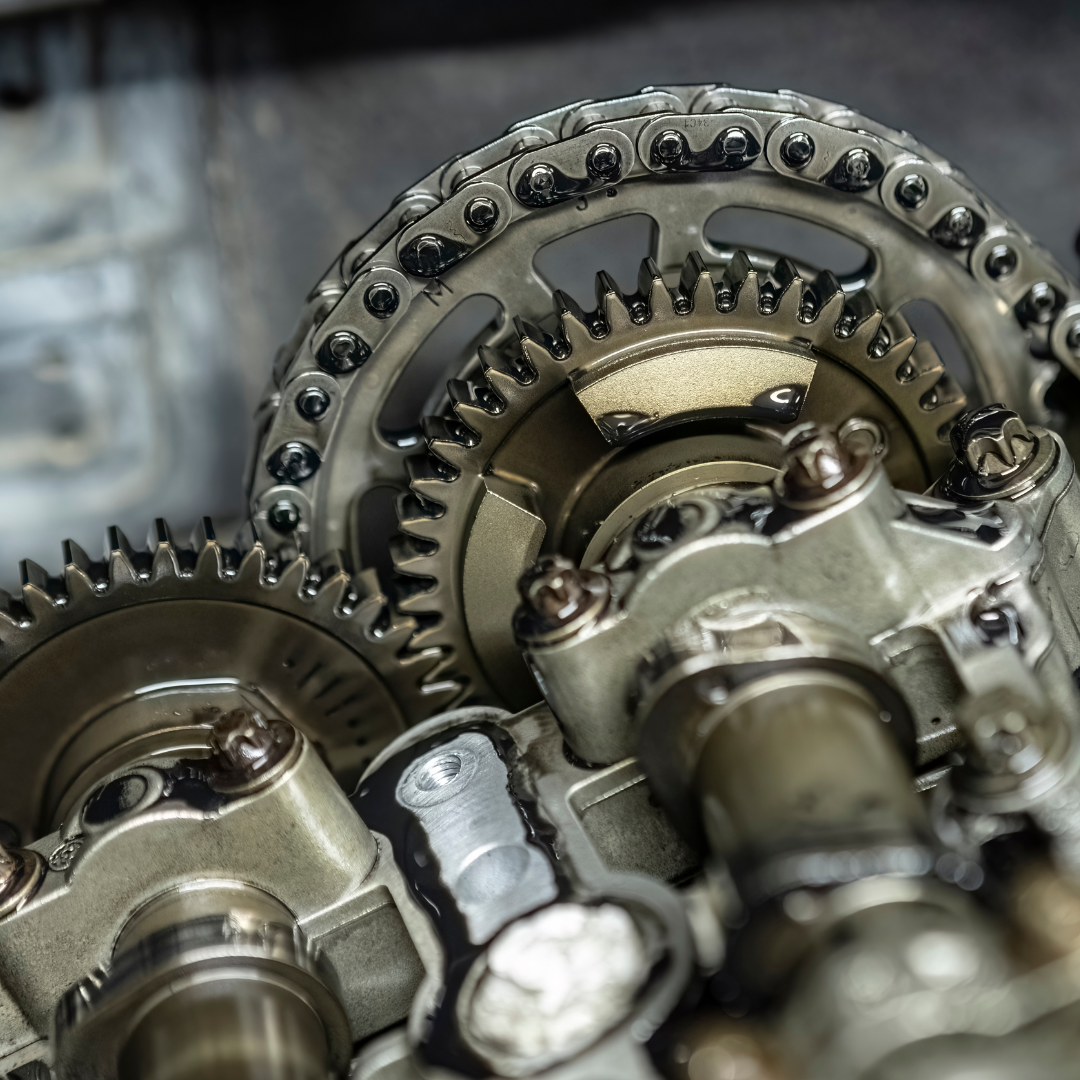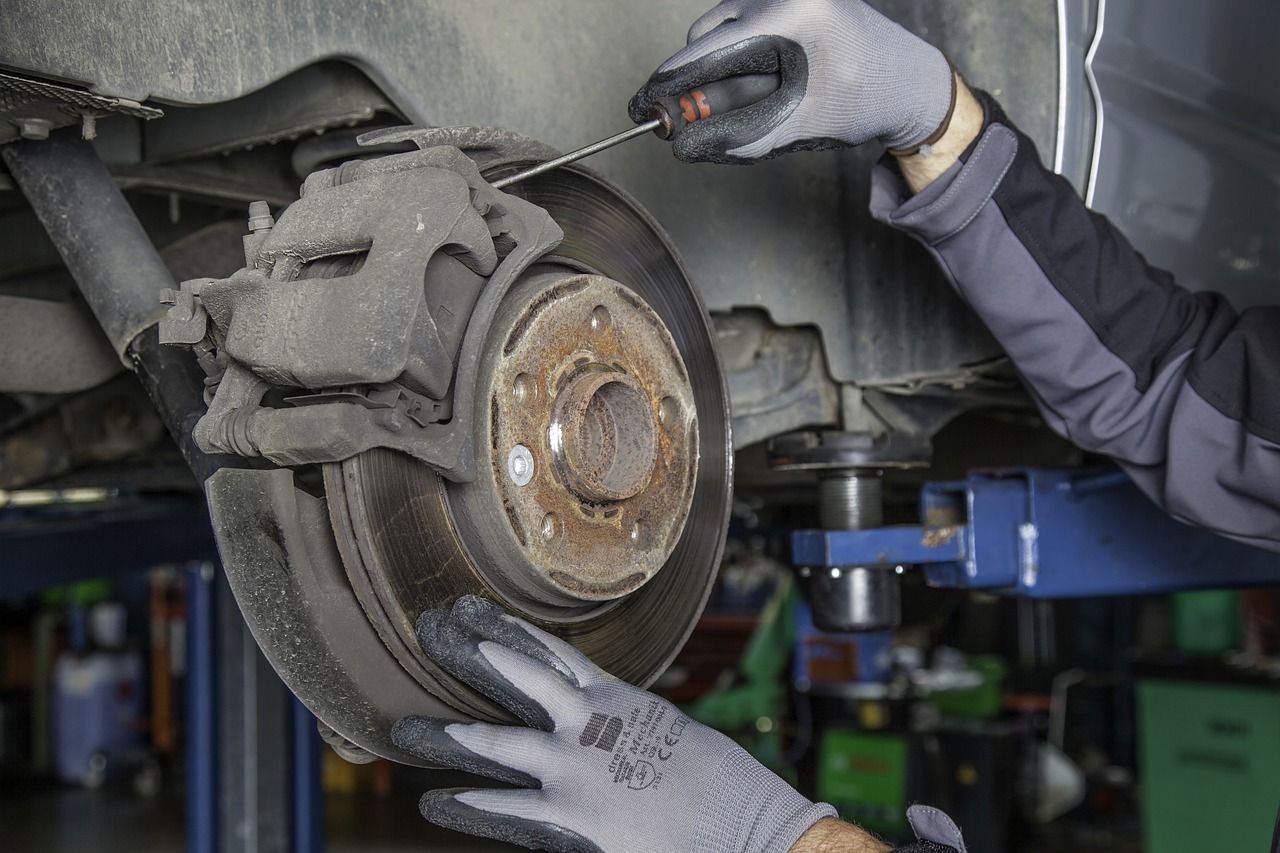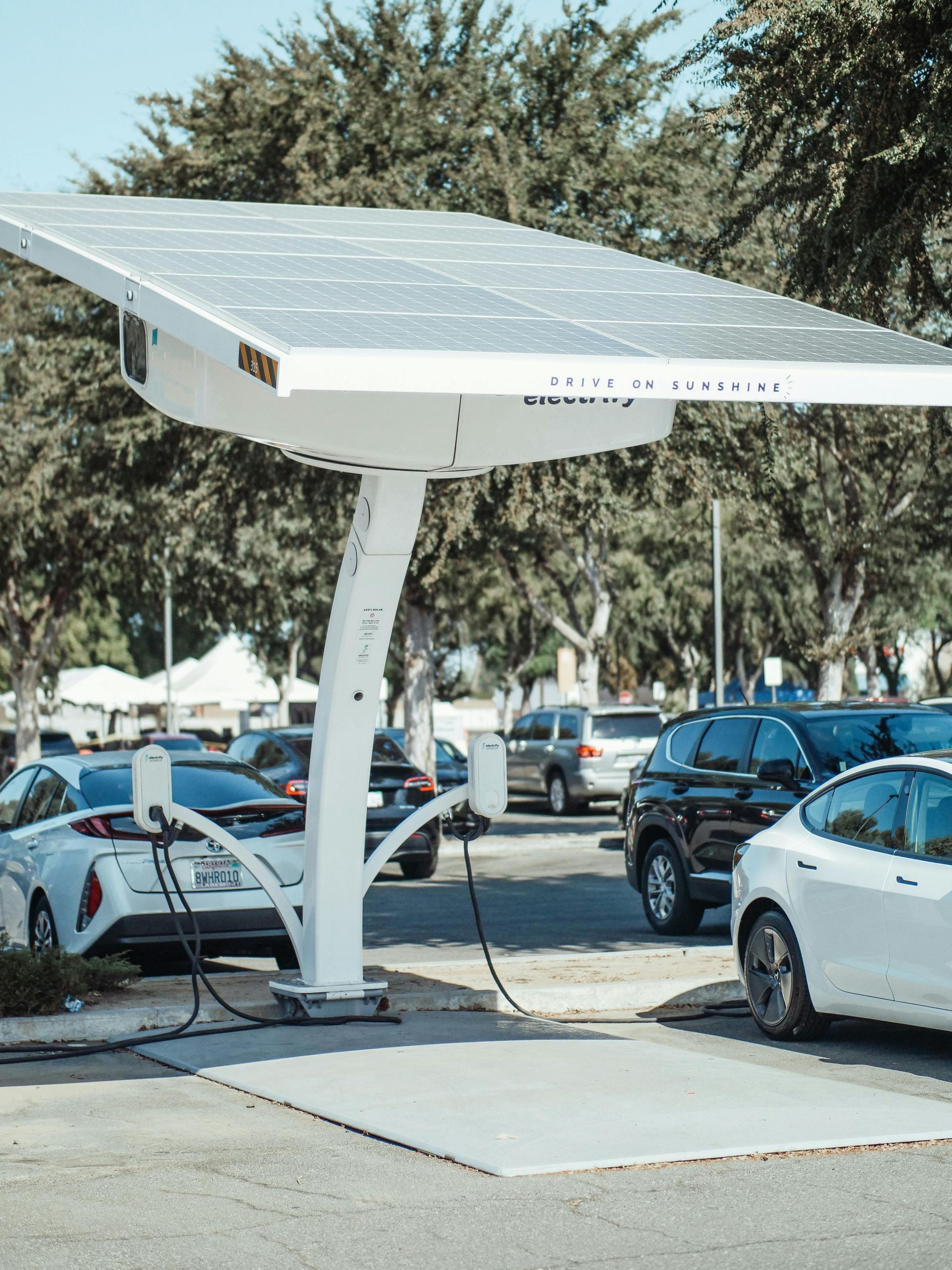April Is Prime Pothole Season: What’s Hiding Beneath the Surface?
How Spring Roads Put Your Car to the Test.
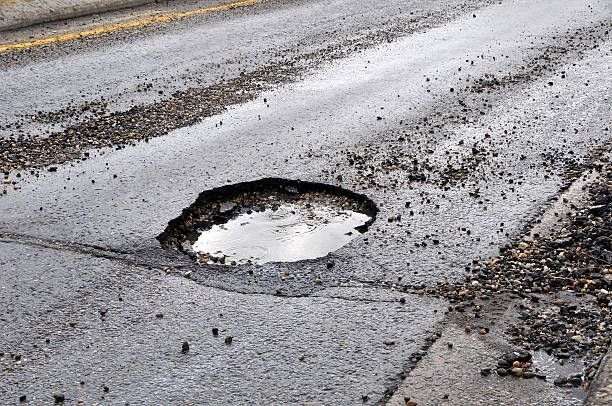
Spring has arrived, ushering in blooming flowers and longer daylight hours. Yet it also marks the beginning of another season: pothole time. As winter recedes, roads once smooth are now scattered with craters eager to challenge your car’s suspension, alignment, and patience. Potholes aren't just unsightly; they pose a significant risk to your vehicle's health. What's happening below the pavement? And how can you ensure that your car navigates these bumpy roads smoothly?
The Science of Potholes: How Do They Form?
Potholes often catch drivers off guard, appearing suddenly as troublesome obstacles on the road. However, their development is a natural process that begins when water infiltrates tiny cracks in the pavement. As temperatures change, this trapped water freezes and expands, slowly enlarging these fractures. The persistent pressure from vehicles driving over these weakened spots exacerbates the damage further. Eventually, all these factors work together to degrade the pavement surface and create those pesky potholes we face during our journeys.
Spring creates ideal conditions for potholes to form, as melting snow, heavy rain, and fluctuating temperatures lead to significant road damage. Although California doesn't experience the harsh winters of the Midwest, Culver City's rainy season still affects its roads. Consequently, local drivers must skillfully navigate around potholes to ensure safe driving.
The Hidden Dangers of Potholes
Hitting a pothole can jar your vehicle and potentially lead to serious damage. Although some potholes are easy to spot, others may be concealed in shadows, puddles, or bustling intersections. Their hazards extend well beyond being mere road annoyances.
Driving over potholes can misalign your wheels, leading to uneven tire wear and steering problems. Moreover, the suspension system and shocks—intended to absorb road impacts—can be damaged, resulting in a bumpier ride and increased strain on other vehicle components. Deep potholes present further dangers; they can puncture tires or bend wheels, potentially even cracking alloy rims.
Signs Your Car Might Have Pothole Damage
Potholes can cause immediate, evident issues such as flat tires or strange noises from under your car. They might also lead to problems that emerge gradually. If you experience misaligned steering, your vehicle pulling to one side, or a bumpier ride than normal, regular encounters with potholes could be the culprit. Additionally, if you notice vibrations in the steering wheel or unusual sounds coming from the suspension system, it may indicate that your vehicle requires maintenance.
Addressing these symptoms promptly is crucial, as neglect could result in costly repairs later on. A minor misalignment issue now might lead to premature tire wear or even suspension failure down the road.
Pothole Survival Tips for Spring Driving
While completely avoiding potholes isn't feasible, there are ways to lessen their effect on your vehicle. Ensuring your tires are properly inflated can improve shock absorption and lower the chance of a blowout. Additionally, maintaining a moderate speed and staying vigilant about road conditions can help you avoid sudden jolts.
If you come across a pothole, attempt to safely navigate around it. If avoiding it isn't possible, reduce your speed as much as you can before driving over it—avoid braking abruptly at the last moment because this could worsen the impact. Keep a firm hold on the steering wheel to help minimize any unexpected jolts that might cause swerving.
Why Spring Is the Perfect Time for a Post-Pothole Check-Up
After months of navigating potholes and dealing with the issues they cause, spring is an optimal time to assess your vehicle's condition. The harsh winter and early spring weather can greatly affect tires, alignment, suspension systems, and undercarriage components.
A detailed inspection can reveal underlying issues that might impact your vehicle's performance and lifespan. Detecting these problems early on aids in preventing more severe complications later, such as irregular tire wear, steering difficulties, or escalating suspension damage.
The Future of Pothole Prevention
Although road crews work hard to repair potholes, the issue persists. However, new developments in road materials and technology could provide solutions down the line. Researchers are developing self-healing asphalt that can mend minor cracks before they turn into significant problems like potholes. Additionally, some cities have begun using AI-driven systems for better detection of road damage and more efficient prioritization of repairs.
While waiting, drivers need to remain vigilant, steer clear of potholes whenever possible, and ensure their vehicles are well-maintained after facing the demanding spring road conditions.
Keep Your Car Rolling Smoothly
Spring is typically the start of pothole season, but you can shield your car from major damage. Stay alert to road conditions, watch for early signs of wear and tear, and schedule inspections as necessary to ensure a smooth ride. Although dodging every pothole may not be feasible, taking proactive measures can help avert expensive repairs.
From routine maintenance to emergency repairs, our experienced mechanics are always ready to provide top-notch service. Larsen Automotive is your premier destination for reliable auto repair solutions, staffed by a team of highly skilled mechanics you can trust. Over the years, we've cultivated a strong reputation as one of the most reliable auto repair shops in Culver City and surrounding areas, including Beverly Hills, Santa Monica, Inglewood, and Marina Del Rey. This reputation is built on our bedrock values of honesty, integrity, and fairness. If you seek expertise, meticulous attention to detail, and transparent communication, look no further than Larsen Automotive. To schedule your visit, make an appointment or call us at (310) 558-2115! We are conveniently located at 10707 Jefferson Blvd, Culver City, CA 90230.
